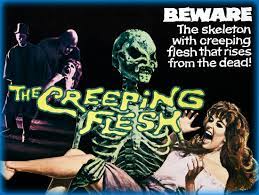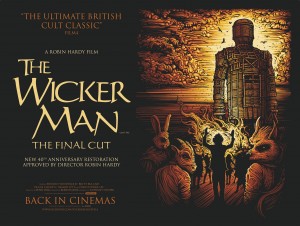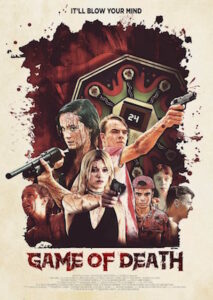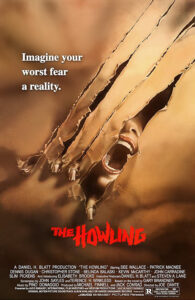This weekend I decided to give Shudder’s original series The Last Drive In a test spin. Hosted by Joe Bob Briggs the series is a throwback to local television stations hosting horror themed fare. Briggs dismisses using an overtly horror inspired host gimmick instead going for a ‘regular’ country guy on his porch approach while provide production details and commentary during breaks in the presentation. Overall, I am not sold on this approach except for possibly campy and over-the-top titles which Ginger Snaps is not.
Ginger Snaps is a Canadian werewolf movie from 2000 starring Emily Perkins and Katherine Isabelle as sisters Brigitte and Ginger respectfully. Ginger is the older sister at sixteen while Brigette is just a year younger. Both are outcast, fascinated by the dark and morbid and 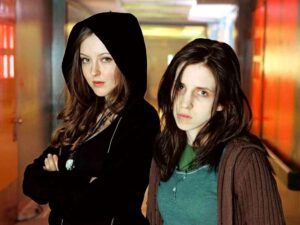 thoroughly devoted to each other. When the film opens the suburban development where they live Bailey Downs is already in turmoil as some unknown beast has been killing the dogs of the area. While out on a nocturnal mission of revenge for Brigette’s abuse at the hand of a local bully the girls are attacked by the beast and Ginger bitten starting a chain of events that drives a wedge between the sister as Ginger embraces her new condition.
thoroughly devoted to each other. When the film opens the suburban development where they live Bailey Downs is already in turmoil as some unknown beast has been killing the dogs of the area. While out on a nocturnal mission of revenge for Brigette’s abuse at the hand of a local bully the girls are attacked by the beast and Ginger bitten starting a chain of events that drives a wedge between the sister as Ginger embraces her new condition.
This film, while a very entertaining horror movie with a fresh take on the werewolf myth, blatantly discarding most of the tropes introduced in 1941’s The Wolf-Man is at its heart a coming-of-age story and deals with the tragic and traumatizing transformation from adolescence to adulthood by way of blood, gore, and horror. Written by Karen Walton the film has a distinctive female perspective and never losses focus on the sisters and their relationship. While modestly budgets at just 4.5 million dollars Ginger Snaps retains a high level of production value with lovely cinematography that provides an atmospheric mood of dread in a dull suburban setting.
The film found its following on home video and repeat broadcasts on HBO mainly because it never got distribution in the United States. It had an offer, but the distributer wanted a PG-13 rating and the direct was unwilling to censor the films prodigious use of ‘fuck’ in the script. (Good for him.) Still, it found enough success to develop a cult following and spawn a few sequels of questionable quality.
Ginger Snaps is a fun, thrilling, and thoughtful film that uses the lycanthrope trope to talk about identity and growing up. It is well worth watching.

